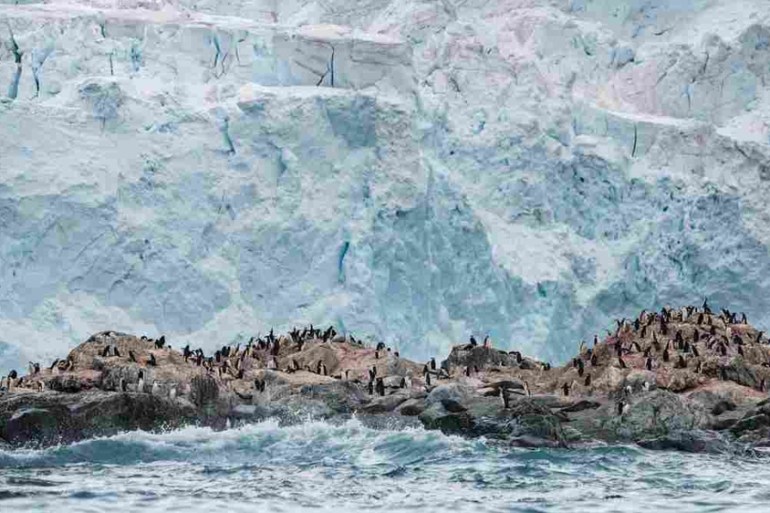After making their presence known in the water, human lungs, and blood, microplastics breach another frontier. Read to know what its presence in freshly fallen Antarctic snow means.
Microplastics found in fresh snow

For the first time, researchers confirmed the presence of microplastics in freshly fallen snow in Antarctica. This can pose a serious threat to Antarctica’s unique ecosystem and accelerate the melting of snow and ice. Microplastics are tiny pieces of plastic and are smaller than a single grain of rice. Previously in the region, they were found in sea ice and surface water, the researchers said.
Microplastics have also been found in humans and have been threatening to cause new troubles.
The research authored by Alex Aves, a Ph.D. student from the University of Canterbury, is published in ‘The Cryosphere’. It was supervised by Dr. Laura Revell.
The discovery is following a sample collection by Aves in late 2019 from the Ross Ice Shelf to find out whether microplastics were transferred from the atmosphere into the snow.
“We were optimistic that she wouldn’t find any microplastics in such a pristine and remote location,” Revell said. Additionally, Aves also collected samples from Scott Base and McMurdo station roadways, where microplastics were found previously. So, “she’d have at least some microplastics to study,” Revell said.
More on the climate change research
Plastic particles were found in all 19 samples from Ross Ice Shelf.
“It’s incredibly sad but finding microplastics in fresh Antarctic snow highlights the extent of plastic pollution in even the most remote regions of the world,” Aves said.
An average of 29 microplastic particles/liter were found by Aves in the snow. Moreover, the samples from locations closer to scientific bases on Ross Island, Scott Base, and McMurdo Station had almost three times the pollutants. Additionally, Aves found 13 types of plastics. The most common was PET.
Additionally, atmospheric modeling studies reveal that these plastics have traveled thousands of kilometers through the air. After all, it is highly unlikely that humans in the continent have established a microplastic footprint as of now. “There was a photo we found of some marker flags that are put out for use for wayfinding around the base. Those colors matched the most commonly colored microplastics that we found in the environment,” stated Revell. “We’re still learning a lot about the impacts, but from what we know so far, it’s not very good,” she concluded.
